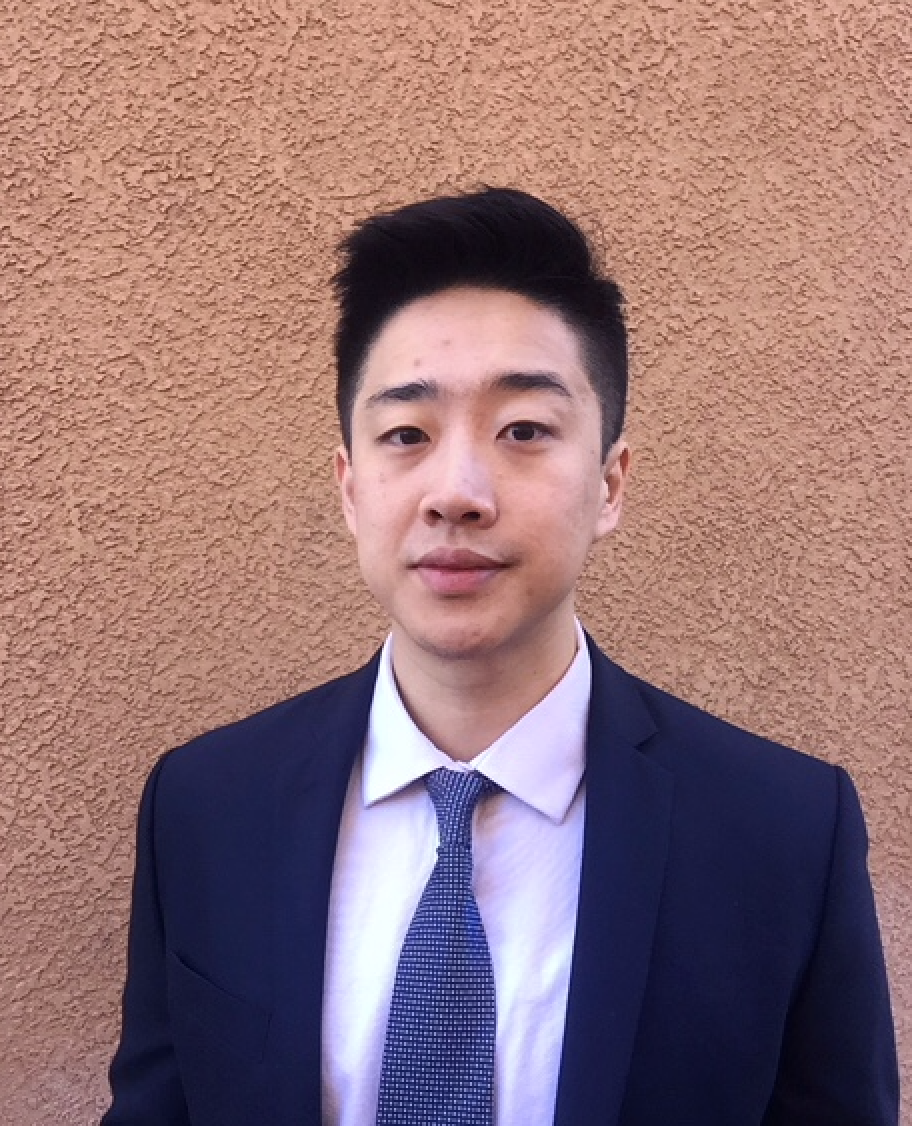
Cleantech Grants Power California Entrepreneurs
With CleanStart’s up and coming Leveraging Grant Class we wanted to look at why grant’s and public funds are important in the cleantech space. With bootstrapping only able to take a company so far, and venture capital funding difficult to obtain, where else can you look for support? Grant funding is another viable option for working capital to boost your company’s growth.
VC’s are hesitant to look at cleantech solutions and self-funding a clean tech startup is difficult. This is related to the economics of building hardware solutions, competing with mature solutions, and research and design. The demand for sustainable solutions hasn’t slowed, just the ROI equation is not conducive for VC’s to invest early.
California recognizes this problem and is investing aggressively in sustainability, offering grants through the California Energy Commision (CEC) and California Air Resources Board (CARB). Opportunities range from research and development to implementation. Many companies are intimidated by grants but they shouldn’t be. Grants may come with more scrutiny but they also afford greater support and later flexibility. Take Terzo Power Systems, winner of 4 million in CEC grants. While they have to work within the grant framework, they don’t have to leverage personal finances or give up portions of their company.
Opportunities like these continue to grow in California. CARB is charged with protecting the public from the harmful effects of air pollution and developing programs and actions to fight climate change. The Global Warming Solutions Act, AB 32, requires CARB to develop and implement measures to reduce greenhouse gas emissions. One of these measures, the Cap and Trade program, generates revenue that must be used on projects to further reduce GHGs. At this event you will hear more about the California Climate Investments program, the Triennial Investment Plan, the application process, and how to have input into the type of projects to be funded over the next 3 years. Although the Legislature makes the final decision, CARB actively engages California businesses and communities to have a voice in how this money is spent. Getting involved now supports future development in the state.
There are also grants like the recent CalSEED for CalCEF. Up to 600,000 dollar grants, these help with getting entrepreneur ideas from concept to reality and provide acceleration and incubation options. Sacramento based company Lucent Optics is a recipient of last years CalSEED Grant and has leveraged it to develop a new solution for lighting. The 2018 CalSEED Grants are selecting 25% of recipients from each CEC Innovations Cluster Region, and by doing so are attempting to put all regions on equal footing. The Sacramento area is included in the BlueTech Valley Cluster.
Check out the CleanStart Grant Talk on March 1st with Mike Terzo, founder of Terzo Power, Ethan Hanohano of Grant Farm, and Ryan Huft of CARB.
ABOUT THE AUTHOR
Thomas is the Executive Director of CleanStart. Thomas has a strong background in supporting small businesses, leadership, financial management and is proficient in working with nonprofits. He has a BS in Finance and a BA in Economics from California State University, Chico. Thomas has a passion for sustainability and a commitment to supporting non-profits in the region.
Sponsors




Weintraub | Tobin, Revrnt, Moss Adams, PowerSoft.biz, Greenberg Traurig








